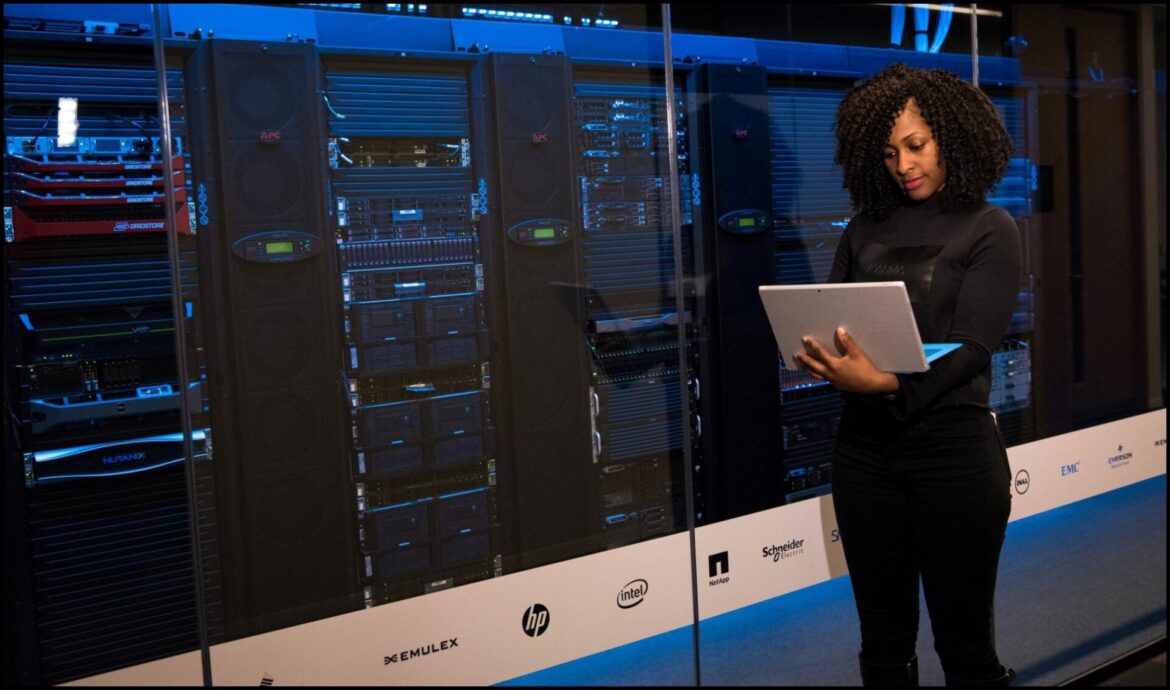A local server, like a remote server, is a computer that serves a client on a local network (LAN). That means it won’t be linked to the internet in most circumstances, or if it is, it will be password-protected, limiting who can use its services.
What Is Server And Local Server?
As the name implies, a local server is hosted on your own computer, but a remote server is hosted somewhere else. A remote server is one that is not on your computer. It might be a paid hosting plan, another computer on your local area network, or even a free hosting plan.
How Does a Local Server Work?
A local server allows you exclusive access to data and objects in data directories, which are a collection of Windows folders. Only you can create, browse, and edit data or objects stored on a local server during a TM1 client session. You can also choose the location of the data directories.
What Is My Computer’s Localhost Address?
“The default name for the local computer address, commonly known as the loopback address, is localhost. … 0.1 (the loopback address). 127.0. 0.1 is used to point a web server or software to a local machine when setting up a web server or software on a web server.”
How Can I Turn My Computer Into a Local Server?
On Windows 11, how do you set up a local web server?
- Install the Windows version of XAMPP by going to XAMPP.
- Run the installation when prompted.
- To install a Web Server, just select “Apache.”
- To access the XAMPP control panel, click “Finish” once the installation is complete.
